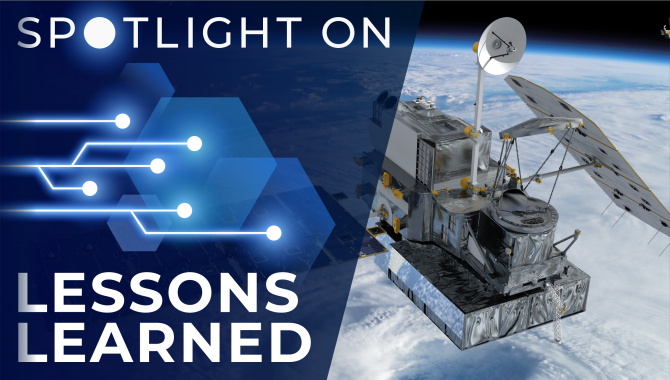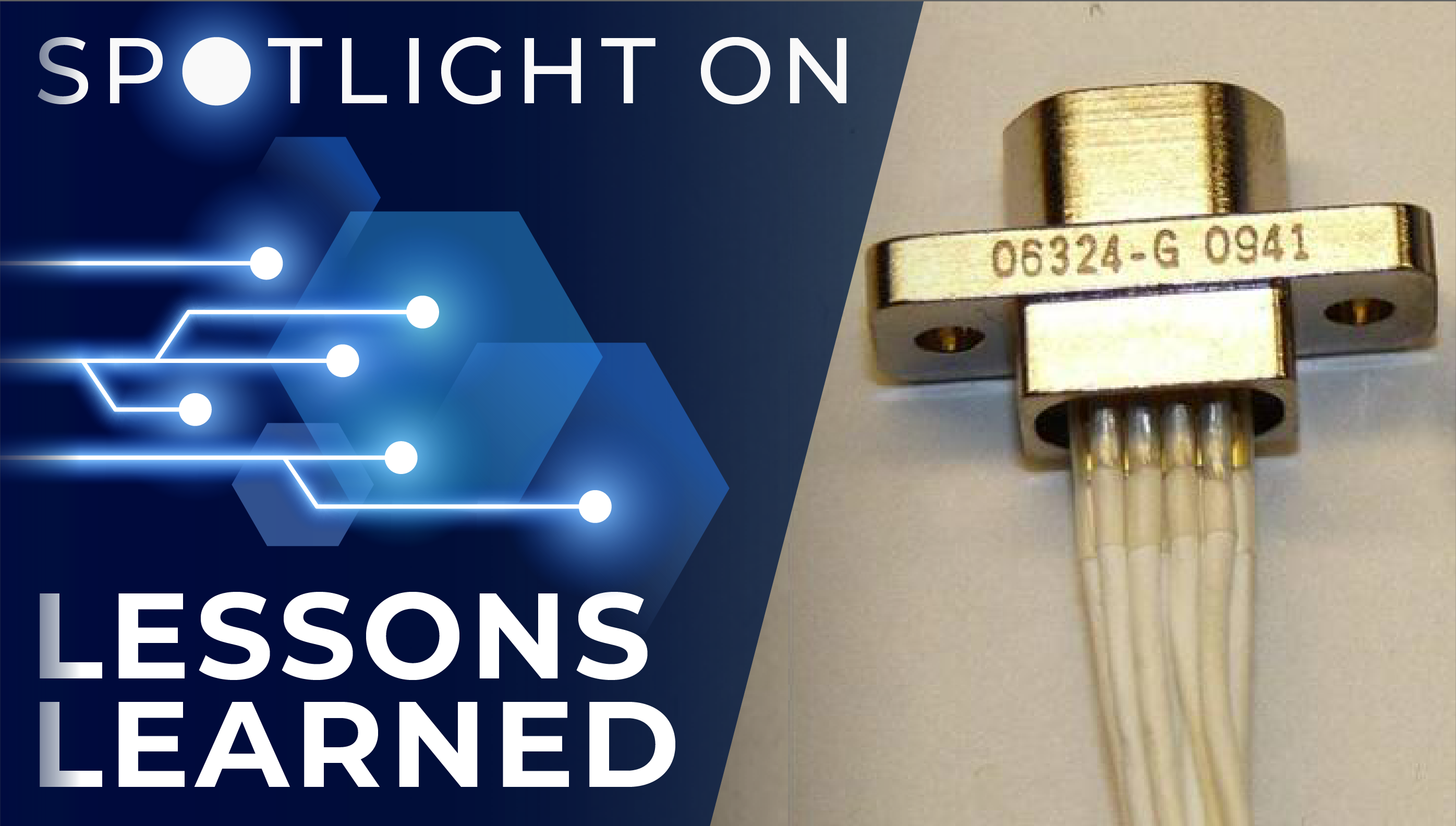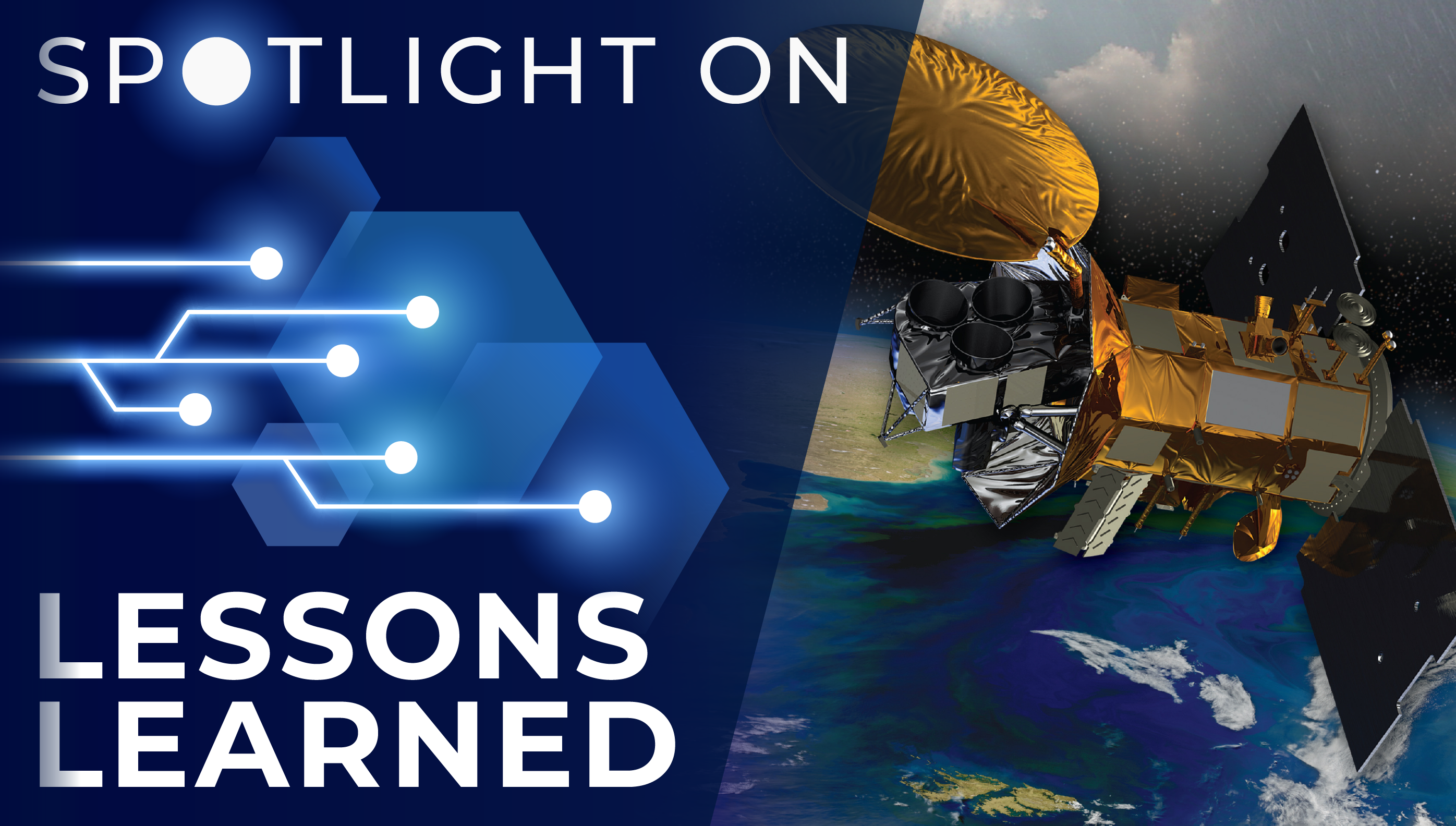
The importance of vibration testing in qualifying and accepting spaceflight hardware cannot be overstated, but the testing also introduces significant programmatic risk.
A close call of the Global Precipitation Measurement mission’s power system electronics box at Goddard Space Flight Center drew attention to risks associated with vibration over-testing. While vibration testing is crucial to reduce the technical risk associated with launch and on-orbit operation, equipment designed to stress the flight hardware introduces significant programmatic risk.
Even though vibration testing is designed to break vulnerable hardware, it may often be viewed as a box to check to prove that the hardware is good, rather than a learning opportunity where anomalies and failures are expected under proper preparation. Additionally, it is not always understood that the vibration test equipment is typically designed to test articles that are less valuable than the test equipment itself, and therefore, when problems occur, the hardware may protect itself at the expense of the test article.
Lesson Number: 18601
Lesson Date: February 24, 2012
Submitting Organization: Goddard Space Flight Center
HIGHLIGHTS
LESSONS LEARNED
- Hard shutdowns are common protection mechanisms for vibration hardware and they can impose an undesirable shock to the test article.
- In many cases, a vibration over-test event may happen prior to the planned start of the test, causing an over-test stress where the vibration levels are not measured.
- Small signs of problems and out-of-family behavior of vibration equipment frequently indicate that a serious problem is emerging.
RECOMMENDATIONS
- Go through all efforts to prevent hard shutdowns whenever possible. Be sure that the equipment prioritizes safety of the test article over protection of the test equipment when testing valuable flight hardware.
- Always ensure that real-time acceleration measurements are collected from the moment the system is powered up with a test article in place.
- Take note and follow up on all glitches and out-of-family behavior of vibration equipment. Do not use equipment that has unresolved problems.
- Go into every test expecting a failure or anomaly and be prepared to analyze and learn from what happened.
Consult the lesson learned for complete lists.
Goddard Space Flight Center Deputy CKO Moses Adoko on the importance of this lesson learned:
Engineering development processes and requirements present unique learning opportunities that should be leveraged to improve technical proficiency and assure mission success. Vibration testing in particular or testing in general presents unique insights for learning and improved understanding of our systems, i.e., both the test article and the vibration test equipment. However, intentional efforts should be made to identify these learning opportunities through careful anticipation of anomalies and failures.
Spotlight on Lessons Learned is a monthly series of articles that feature a valuable lesson along with perspective from NASA’s knowledge management community on why the lesson is important. The full lessons are publicly available in NASA’s Lessons Learned Information System (LLIS).
If you have a favorite NASA lesson learned that belongs in the spotlight, please contact us and be sure to include the LLIS Lesson Number.










